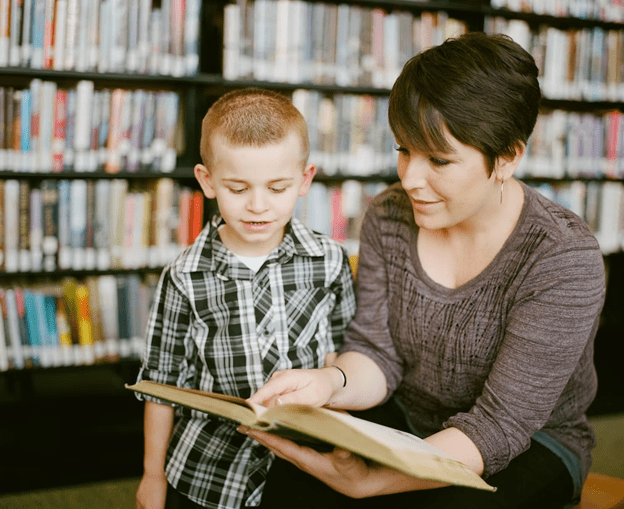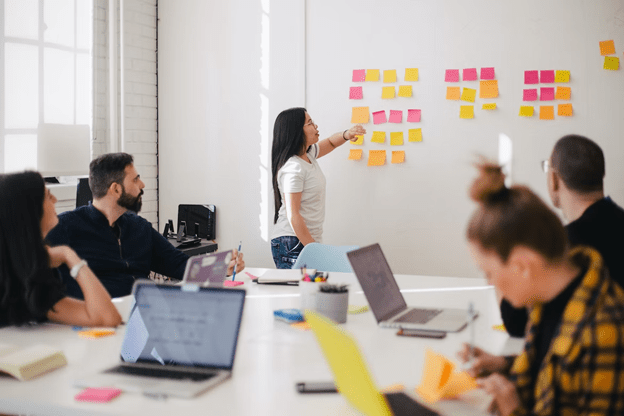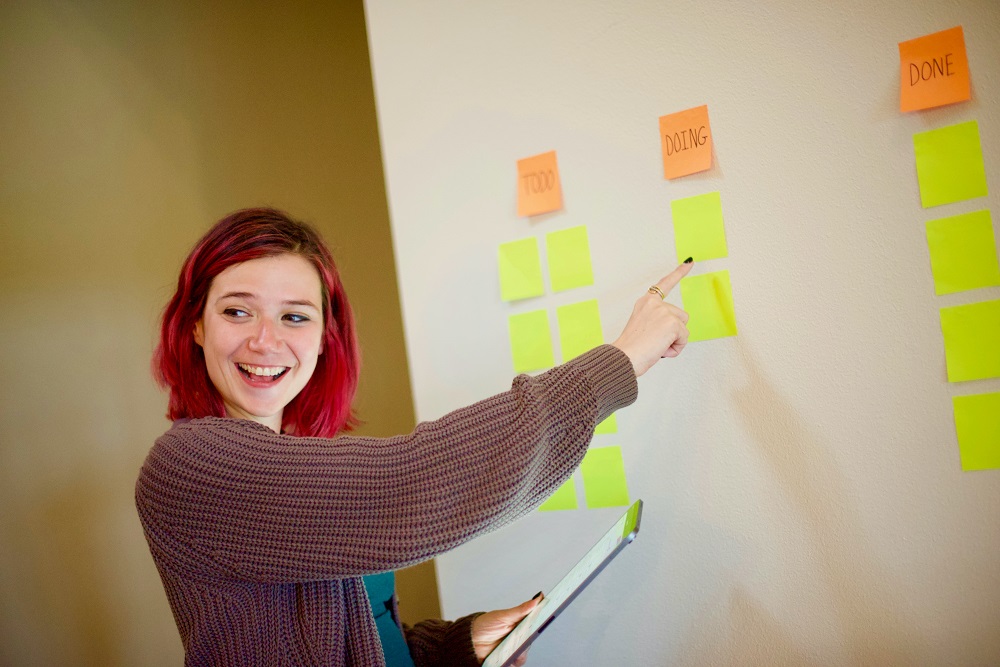There is no one-size-fits-all answer when it comes to engaging students in the process of education. However, there are a few key strategies that can help teachers and tutors reach all students. From using technology in the classroom to individualizing instruction, here are a few ways to engage students and ensure they are getting the most out of their education.
Use technology in the classroom
Technology can be a powerful tool to engage students in the classroom. By providing access to technology, teachers can help students explore different media for expressing ideas, such as presenting a case study or writing an essay on a tablet.
Through online discussion boards and video conferencing, as well as by using a teacher worksheet maker from StoryboardThat, teachers can create an interactive space for students to learn from their peers and professionals.
Technology also presents opportunities for collaboration when used to host virtual round tables or simulations that simulate real-world scenarios. Finally, technology allows teachers to record audio or video clips that serve as targeted learning resources that supplement lectures. So, educators will have more versatile methods of delivering quality education and inspiring student engagement.

Encourage questions and discussion in class
This is an integral part of creating an engaging and effective learning environment. Research demonstrates that when students are given the opportunity to engage in critical thinking by asking questions, they are more likely to not only retain the material but also apply it in meaningful ways.
Questions provide us with valuable insights into student understanding and progress, making it possible for teachers to present fuller explanations and tie together different topics.
Further, productive discussions allow students to learn from each other and develop their writing skills, as well as their ability to think critically and articulate their thoughts in a public setting. On a larger scale, this encourages them to become active members of society by engaging in discourse on current events.
Get students involved in hands-on activities
Hands-on activities can create an interactive and dynamic learning environment in the classroom. Experiential activities such as art projects, dramatic performances, field trips, and science experiments provide students with a unique opportunity to learn while they are having fun.
The challenge of completing a hands-on activity requires students to think more critically and develop problem-solving skills. Furthermore, working on a project in groups encourages them to build important communication skills. Hands-on activities can also cultivate patience and resilience, teaching kids how to persevere despite difficulty or failure.
Pick the material that is relevant to students’ lives
The material taught in classrooms should have strong relevance to the lives of students. This will help them see why the knowledge they are learning is important and how it can be applied in real-life situations.
With this kind of context, students can recognize the value of their education and be more engaged and motivated in their learning process. Finding creative ways to make classroom material meaningful and relevant to students’ everyday lives can positively impact both academic outcomes and long-term engagement with the topic.

Experiment with different learning styles
Incorporating visual, auditory, and kinesthetic elements into lessons is an effective way of covering different types of learning styles. By presenting information in multiple formats, students will be more engaged in their studies and better capable of understanding the material being presented.
- Visuals like diagrams and graphs can help break down complex ideas.
- Audible activities can make content easier to retain for auditory learners.
- Kinesthetic activities allow children to get up and move around as part of the lesson which can help keep a student’s short attention span intact.
Different learning styles require varied techniques that enable each student to learn optimally, which will result in better academic outcomes for all students.
Encourage positive reinforcement from teachers and classmates
Positive reinforcement can significantly influence the educational experience and outcomes of students. Research suggests that when children receive positive reinforcement from their peers, they are more likely to be motivated to put forth a greater effort in their studies.
Similarly, when teachers offer encouragement and acknowledge student successes, they reinforce good behaviors while encouraging further progress. This type of environment fosters an atmosphere of mutual respect and collective learning.
Conclusion
Asking questions, incorporating technology, and promoting positive reinforcement are all important elements of an effective classroom. By encouraging discussion, getting students involved in hands-on activities, and making sure the material is relevant to their lives, teachers can create a learning environment that engages students of all kinds. Differentiating instruction to accommodate different learning styles is another way to ensure that your students are getting the most out of their education. What techniques do you use in your classroom to encourage student engagement?

